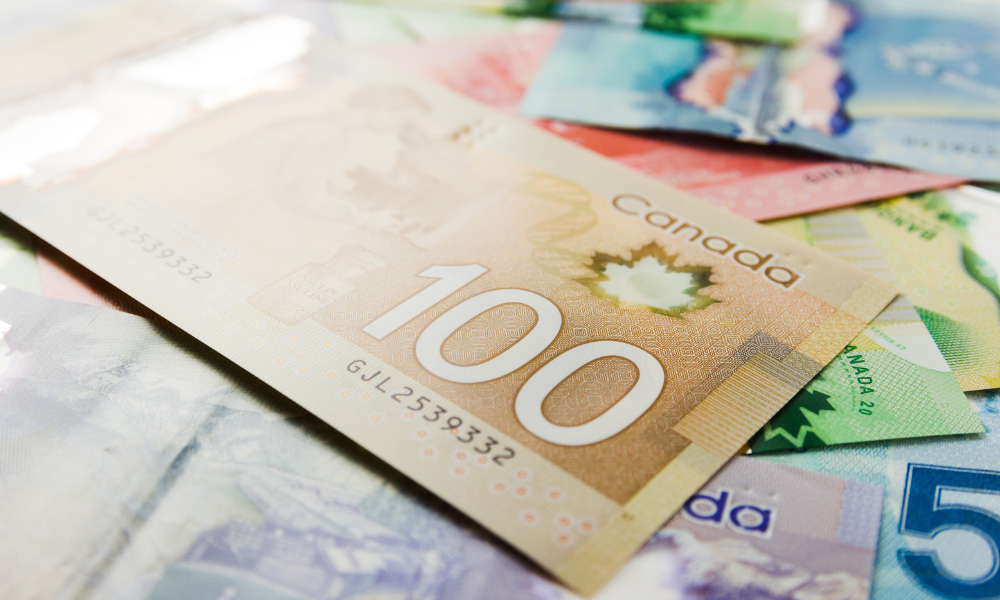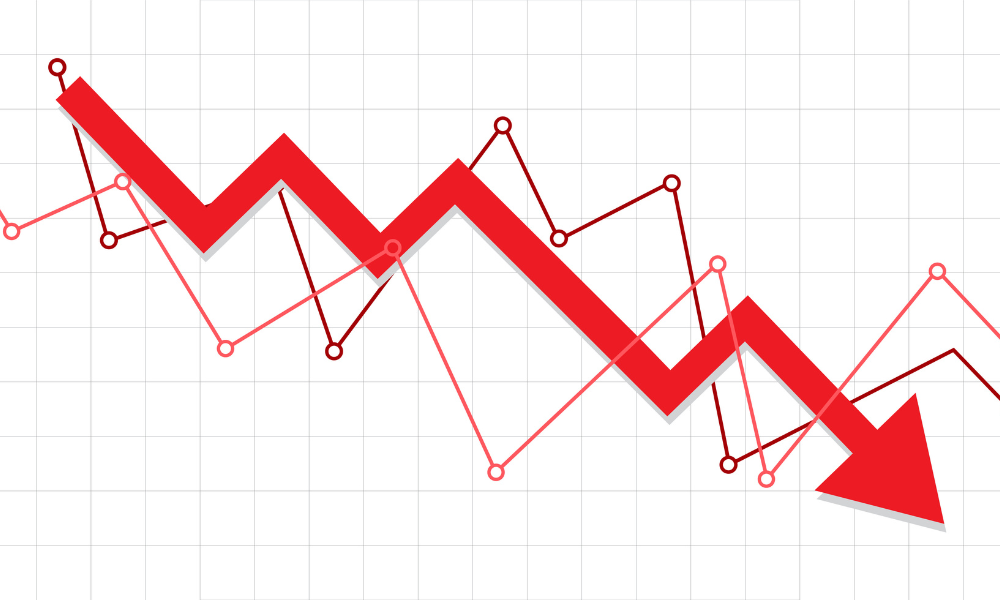Canadian dollar hits five-month high as investors seek safer assets and rate cut looming rate cut

The Canadian dollar has gained momentum, supported by speculation that the Bank of Canada will hold interest rates steady this week and by increasing interest from global investors seeking safer assets.
According to Financial Post, the loonie broke through US$0.72 late last week and maintained its position on Monday, reaching levels not seen since November 2024.
Michael Davenport, senior economist at Capital Economics Ltd., said the loonie’s rise reflects both haven buying and declining expectations of a rate cut.
“Markets are starting to price in the higher likelihood of a pause by the Bank of Canada and taking out expectations of interest rate cuts this year,” he said.
“So, that is also at play in terms of driving the net appreciation of the dollar against the US dollar.”
The central bank’s overnight lending rate currently sits at 2.75 percent, with Bloomberg placing the odds of a cut this Wednesday at 33 percent—down from 55 percent a week ago.
William Robson, president and chief executive of the C.D. Howe Institute, said the idea of Canada as a safe haven “is a bit of a stretch because we’re so exposed to the United States.”
However, he acknowledged that some investors may still turn to Canadian debt.
“Somebody who’s selling United States bonds might say, ‘OK, well, maybe I’ll take a bit of a hit on the yield and buy some Canadian debt as well because they look like better creditors.’”
Karl Schamotta, chief market strategist at Corpay Currency, noted a broader shift in sentiment about the US economy.
“A broad-based reappraisal of the US economy’s exceptional status is underway and global market participants are now in a race to find alternatives,” he said. “Canada, Europe, and Japan all stand to benefit as investment flows become more diversified.”
Davenport pointed out that the Canadian dollar has rebounded by 4.9 percent from a low of US$0.688 on January 31, when it had fallen below its pandemic-era level.
The currency’s decline began last September when polls suggested Donald Trump’s chances of returning to the White House were increasing.
At that time, the loonie was near US$0.74, but investors favoured the greenback, anticipating economic growth under Trump’s low-tax and deregulation policies.
Since mid-January, however, the US dollar index has fallen 9.4 percent, reversing some of that sentiment as tariffs altered expectations.
Robson said, “The bigger picture is that North American currencies are down compared to the rest of the world.”
He noted that the US has long been seen as the provider of the most secure debt securities and the dominant global settlement currency—positions that had rarely been questioned for decades.
But now, he added, these roles are under scrutiny, making it difficult for investors to determine where to turn.
The appreciation of the Canadian dollar presents challenges for sectors like energy.
Nima Billou, assistant vice-president of energy, utilities and natural resources at Morningstar Inc., said a stronger loonie means lower returns for Canadian oil producers.
“WTI (West Texas Intermediate) is priced in American (dollars) and then what they receive in the local Canadian benchmarks, once it’s translated over into Canadian dollars, as the Canadian dollar strengthens, they’re going to receive less.”
He added that a one-cent fluctuation in the loonie equates to a $1.5bn shift in cash flow for Canadian producers.
Robson previously described a weaker loonie as a form of “medicine” that could offset the effects of US tariffs by making Canadian goods more affordable in US dollars.
Davenport acknowledged the mixed effects of the exchange rate. While a strong dollar increases Canadians’ purchasing power for imports, he warned it could hinder GDP.
He said increased imports resulting from improved purchasing power could weigh on the Canadian economy. “It’s not necessarily going to benefit the overall level of GDP in the economy,” he explained.
In contrast, “a weaker Canadian dollar will benefit exports,” which could offer “a little bit of a cushion and a booster buffer to Canada’s economy.”
Despite gains against the US dollar, the Canadian dollar has dropped 7.5 percent against the euro and 7.4 percent against the Japanese yen since mid-November.
Robson said this depreciation could be beneficial.
“To some extent, there’s a bit of a silver lining in the cloud for Canada, which is that our exports are getting quite a bit more competitive against other markets.” He added this aligns with Canada’s broader effort to diversify trade and reduce its dependence on the US.
|
Imposed by |
Imposed on |
Date |
Type of tariff |
Amount |
Status |
|---|---|---|---|---|---|
|
US |
Canada |
March 4 |
All goods imported from Canada (Excl. energy) |
25% |
Ended |
|
US |
Canada |
March 4 |
Energy products |
10% |
Ended |
|
Canada |
US |
March 4 |
Retaliatory (1) on $30bn worth of US goods |
25% |
Active |
|
US |
Canada |
March 6 |
Non-CUSMA goods (Excl. energy, potash) |
25% |
Active |
|
US |
Canada |
March 6 |
Energy products not covered by CUSMA |
10% |
Active |
|
US |
Canada |
March 6 |
Potash products not covered by CUSMA |
10% |
Active |
|
Canada |
US |
March 10 |
Surtax on electricity exported from Ontario to US states |
25% |
Ended |
|
US |
Canada |
March 12 |
Steel and aluminum |
25% |
Active |
|
Canada |
US |
March 13 |
Retaliatory (2) on $29.8bn worth of goods |
25% |
Active |
|
China |
Canada |
March 20 |
Retaliatory tariffs on canola oil, canola meal and pea products |
100% |
Active |
|
China |
Canada |
March 20 |
Retaliatory tariffs on seafood and pork |
25% |
Active |
|
US |
Global |
April 3 |
Autos and auto parts |
25% |
Active |
|
US |
Global |
April 5 |
Baseline reciprocal to address tariffs, taxes and non-tariff barriers |
10% |
Active |
|
Canada |
US |
April 9 |
Retaliatory (3) on US-made vehicle imports |
25% |
Active |
|
US |
Global |
April 9 |
Reciprocal to address all tariffs, taxes and non-tariff barriers on the US |
11%–50% |
Paused |
Source: Financial Post
In February, 80 percent of Canada’s merchandise exports went to the US. China followed at 3.8 percent, Japan at 1.7 percent, and Germany, France, and Spain combined received 1.5 percent.
“Trade diversification is part of the answer for us,” Robson said. He added that a lower Canadian dollar against currencies in Europe, Asia, and other regions would also help, as Canada will “badly want to export more to them if we’re having trouble exporting to the United States.”



